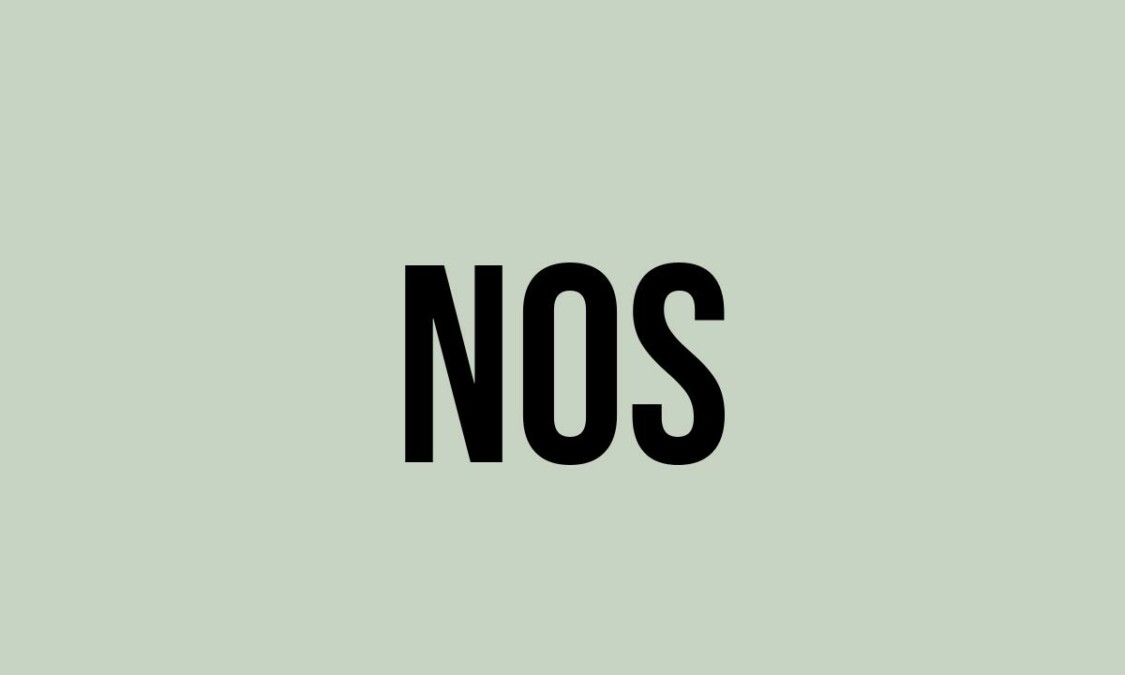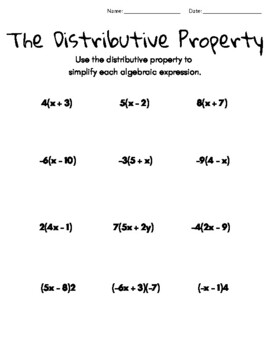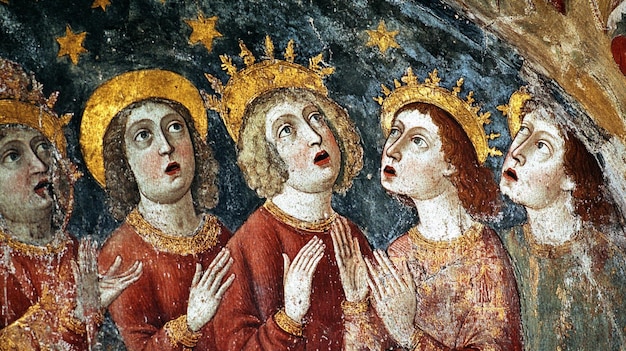Preterite Of Bailar

The verb “bailar,” which means “to dance” in Spanish, is a regular -ar verb. When conjugating verbs in the preterite tense, we look at the root of the verb and add the appropriate endings. For -ar verbs, the preterite endings are -é, -aste, -ó, -amos, -asteis, and -aron.
Here’s how you conjugate “bailar” in the preterite tense:
- Yo bailé (I danced)
- Tú bailaste (You danced)
- Él/ella/usted bailó (He/she/you (formal) danced)
- Nosotros/nosotras bailamos (We danced)
- Vosotros/vosotras bailasteis (You all danced - used in some parts of Spain)
- Ellos/ellas/ustedes bailaron (They/you all (formal) danced)
This tense is used to talk about completed actions in the past. For example, “Yo bailé en la fiesta anoche” means “I danced at the party last night.” It emphasizes that the action of dancing started and ended in the past.
To further illustrate the use of the preterite tense with “bailar,” consider the following paragraph:
“Ayer fue una noche emocionante. Yo bailé en la discoteca con mis amigos hasta la madrugada. Ellas bailaron muy bien, especialmente cuando sonó su canción favorita. Nosotros bailamos juntos, disfrutando cada momento. Fue una noche llena de risas y alegría, y todos estuvimos de acuerdo en que habíamos bailado más que nunca antes.”
Translation: “Yesterday was an exciting night. I danced at the disco with my friends until dawn. They danced very well, especially when their favorite song played. We danced together, enjoying every moment. It was a night full of laughter and joy, and we all agreed that we had danced more than ever before.”
In this example, the preterite tense is used to describe the actions that took place the previous night, emphasizing that they are completed and took place at a specific time in the past.



